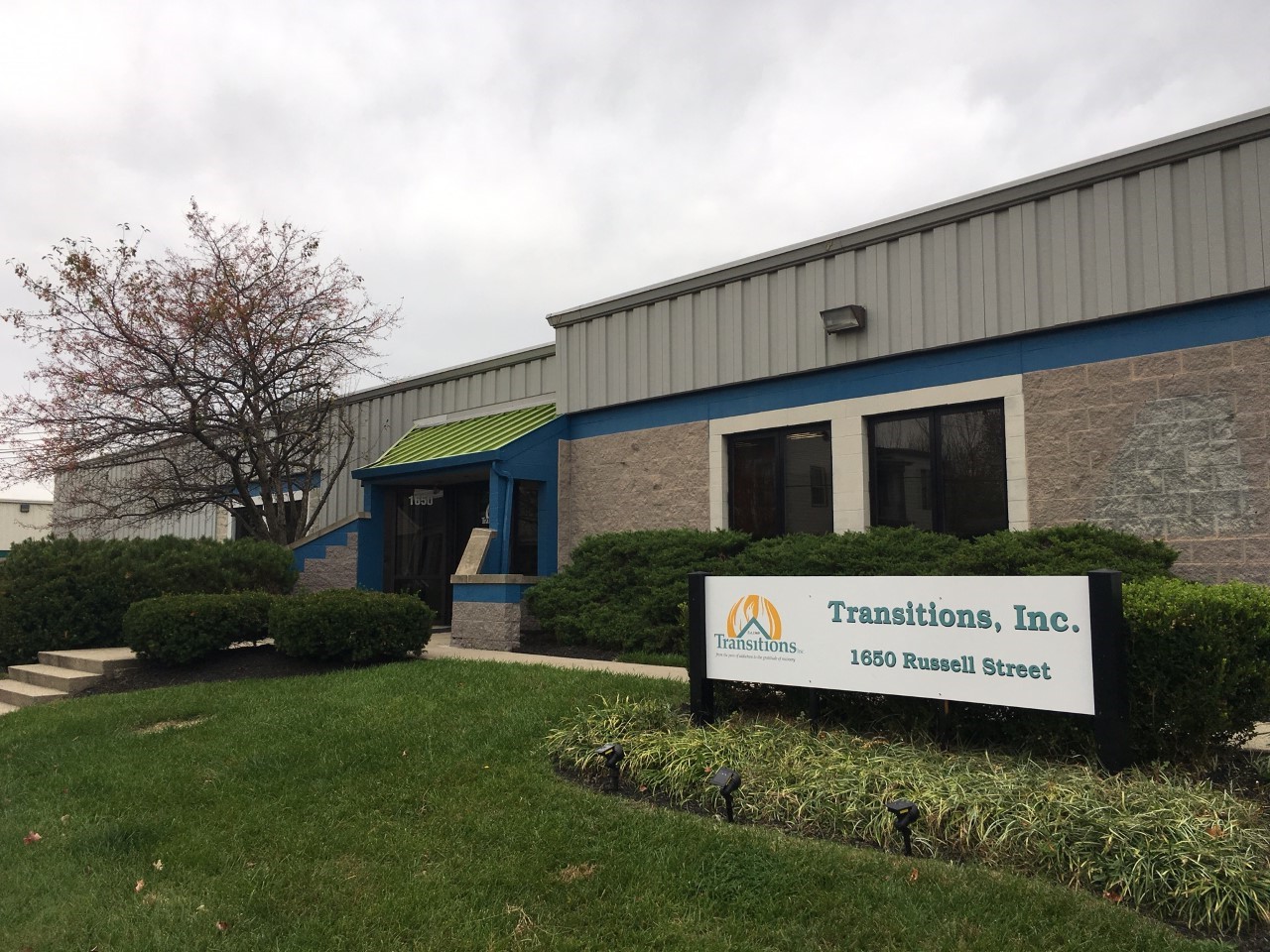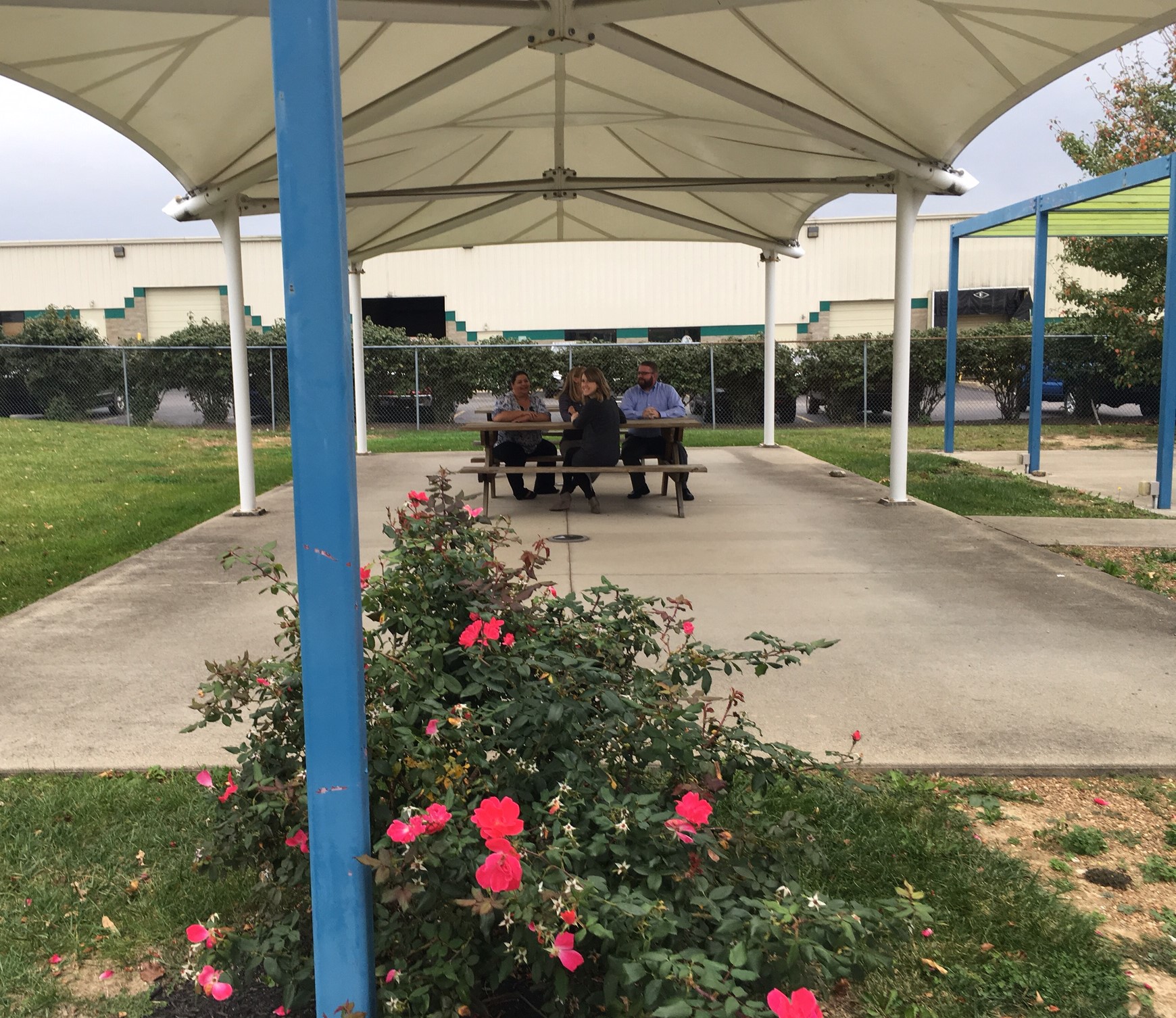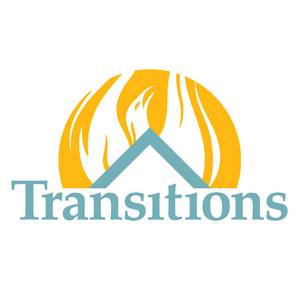By Mark Hansel
NKyTribune managing editor
From a move to a new location to a much-sought-after approval for a highly valued accreditation, 2016 has been a year of change for Transitions, Inc.

“I guess you could say it has been a year of transitions for Transitions,” said Carol Serrone, community relations officer for the organization.
Transitions, Inc. has been providing treatment to people with substance use disorders for more than 40 years. Its mission is to help individuals, families and communities to break the cycles of substance abuse, family abuse, violence, crime and poverty.
Transitions Inc. moved its administrative offices from Fairfield Avenue in Bellevue to 1650 Russell Street in Covington’s Peaselburg neighborhood.
The organization also relocated its intensive outpatient counseling facility from 808 Scott Street in Covington to the Peaselburg building formerly occupied by the Center for Great Neighborhoods.
The sale of those buildings helped finance the move to the new facility.
The Center for Great Neighborhoods has moved to the renovated Hellman Building on 12th Street in Covington.
“They moved out on September 1 and we moved in on September 2,” Serrone said.
The move to what is primarily a residential neighborhood, which was supported by the Friends of Peaselburg Neighborhood Association, did more than consolidate two facilities.
“Both of those buildings were over a hundred years old,” Serrone said. “They had a lot of maintenance challenges and they weren’t built functionally for what we needed to do. This gives us a better footprint for how we need to operate and it saves about $40,000 a year in utilities and maintenance.”
It also brought the Transitions administrative offices closer to many of its facilities. The Women’s Residential Addiction Program (WRAP) House is located on nearby Madison Avenue, and there are also several of the organization’s sober living apartments and houses located nearby.

There is no residential treatment at the Russell Street facility.
The move helped Transitions achieve the highly-valued Commission on Accreditation of Rehabilitation Facilities (CARF) certification.
CARF accreditation offers a competitive distinction for service providers and identifies a framework for continuous quality improvement.
To become CARF-accredited, a service provider must first perform an internal examination of its program and business practices. An on-site survey is then conducted by a team of expert practitioners selected by CARF.
During the survey, the provider must demonstrate that it conforms to a series of rigorous and internationally recognized CARF standards.
CARF then prepares a written report of the provider’s strengths and areas for improvement and if a provider has sufficiently demonstrated its conformance to the standards, it earns CARF accreditation.
Serrone said the accreditation, which Transitions received in November, helps the organization in several ways.
“It lets people know that we meet certain standards,” Serrone said. “It helps us with insurance with Medicaid providers and we can also accept insurance from say, Aetna, for regular employees.”
The previous buildings occupied by Transitions had stairs, but the 10,700 square-foot facility on Russell Street is just one floor, and it meets all of the other handicapped accessibility requirements needed for CARF accreditation.
There is one CARF requirement that did not sit well with some Transitions clients.
CARF stresses that people who utilize services have a choice in where they receive treatment, so they are identified as consumers.
“It makes some of our people uncomfortable because it’s a reminder that they used to be a consumer of substances,” Serrone said. “To them, it’s more professional to be considered clients and we’re letting them be called clients, even though the paperwork for CARF requires them to be identified as consumers.”
The Russell Street facility provides more flexibility of available space and will continue to serve the community as well as Transitions.
The front part of the building, where the administrative offices are located was constructed first. The Haile/US Bank Foundation built a meeting space in the back where the Center for Great Neighborhoods hosted a lot of community meetings.
The Friends of Peaselburg Neighborhood Association still holds meetings in the space and Transitions plans to offer it for other community organizations, when available.
There is also a separate entrance in the back of the building, which provides privacy for clients coming into the building for outpatient services.
“It gives us the flexibility to offer more times and have more outpatient counseling groups as we ramp up or our chemical dependency counselors and licensed social workers,” Serrone said. “Over time, we will probably be able to triple the amount of people that we serve.”
There is also some green space and there are picnic tables located at the rear of the building, which allows clients and staff to enjoy lunch or breaks outside.
In February, Transitions began offering supportive employment, and vocational rehabilitation services, which now has a team of four people.
They are most often stationed in the field, but the flexible office environment allows space for huddles and team meetings.
For more information about the services provided by Transitions Inc., click here .
Contact Mark Hansel at mark.hansel@nkytribune.com





















